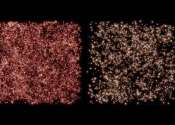Herschel first images promise bright future
Herschel has carried out the first test observations with all its instruments, with spectacular results. Galaxies, star-forming regions and dying stars comprised the telescope's first targets. The instruments provided spectacular ...









